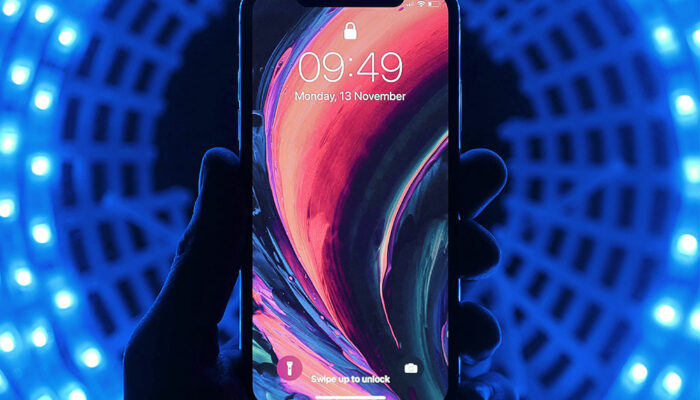
4 Major Differences Between Savings and Checking Accounts
Many find themselves undecided in the savings vs. checking accounts debate, making it tough to pick between the two. Bank accounts have several components, from account fees to multiple restrictions, and comparing these factors can be tedious. But, this article will simplify this choice for you. The general rule of thumb choosing a savings account as a cash reserve, and a checking account to spend regularly. Read on to know the major differences between these two accounts.
Earning interest
Savings accounts have a higher rate of interest than checking accounts. With a savings account, you can earn high interest on a daily, weekly, monthly, or yearly basis, depending on the bank’s interest cycle and the amount of money you deposit. With checking accounts, on the other hand, you barely earn interest only if you do not spend it money often. Few banks provide no interest at all because checking accounts are meant for daily spending. Different banks allot different interest rates for these types of accounts, so do your research and choose accordingly.
Withdrawal limit
Banks limit the number of times you can withdraw cash from a savings account. Federal rules only allow six outbound transactions each month. If you exceed this, you can be charged an excessive withdrawal fee of more than five dollars. In some instances, banks also shut your account if this happens repeatedly. With a checking account, in contrast, multiple withdrawals are possible; this includes money transfers as well. So, you can pay all your monthly bills using the money from your checking account. Certain banks may have a withdrawal limit, but it is always more than the withdrawal limit of a savings account.
Account fee
Banks levy several kinds of fees on checking accounts, including ATM fees, overdraft charges, and online access fees. Additionally, if you withdraw more money from your checking account than the set limit, a certain sum can be deducted. There are many criteria set for checking account fees, so ensure that you are familiar with all of them. Savings accounts, in comparison, have no account fees in most cases. There’s only a withdrawal limit, which, if crossed, will incur charges.
Convenience
After opening a checking account, you can apply for a debit card, making it easy to withdraw cash as and when required. You don’t have to visit the bank often for money and easily use your debit card at shopping malls, convenience stores, and restaurants. With a savings account, however, you can’t withdraw money through debit cards. You may require a cashier’s check or need to do an ACH transfer. A checking account is far more convenient than a savings account in terms of better access for making urgent payments and frequent withdrawals.



